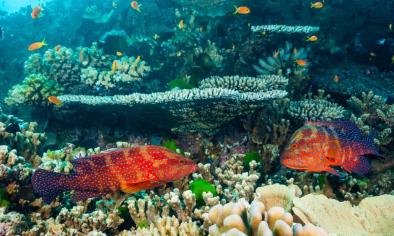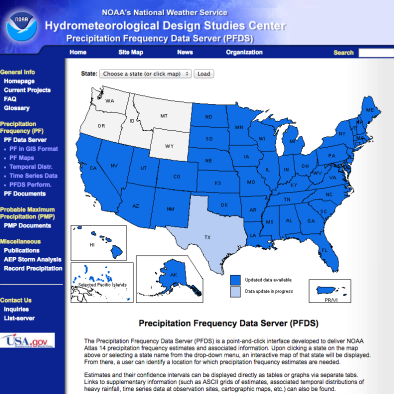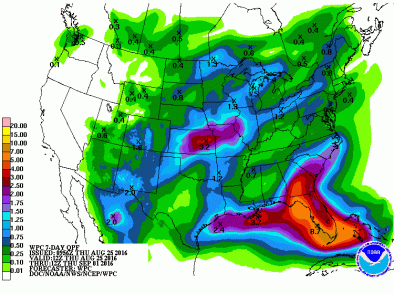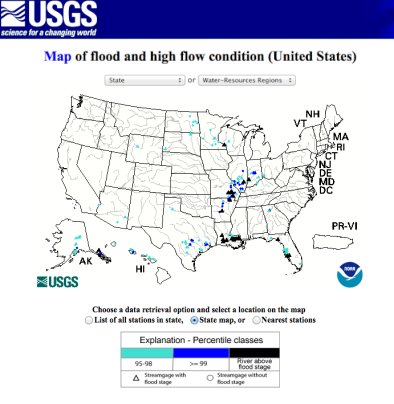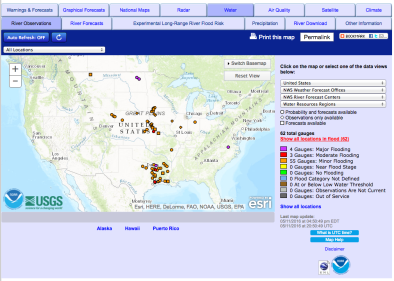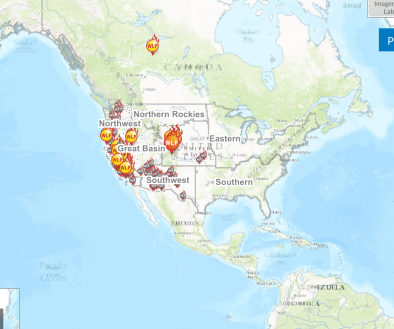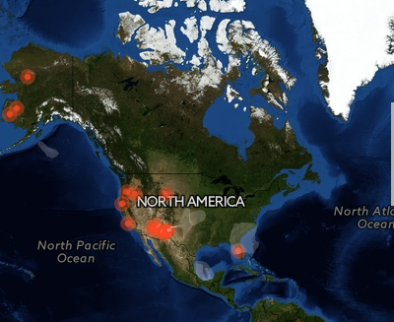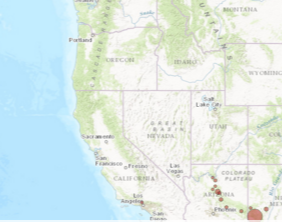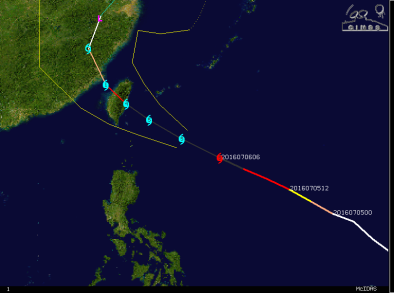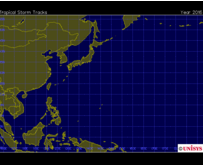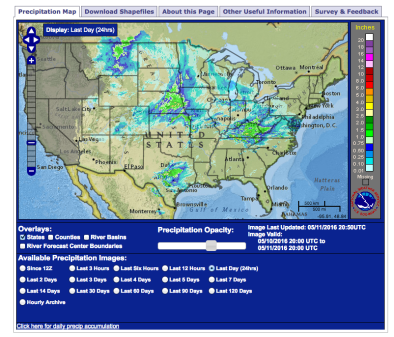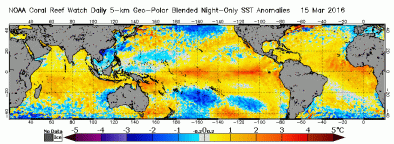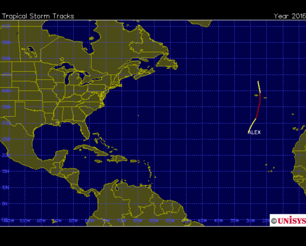Baton Rouge Flood August 2016
A slow-moving storm system, fed by near-record warm seas in the Gulf of Mexico and North Atlantic, began on August 7 to unleash heavy rains in the Southeastern United States. From Tuesday, August 9 through Sunday, August 14 the storm inundated Louisiana, Mississippi, Alabama, Florida and Texas. Five cities in Louisiana reported rainfall totals of over two feet, with some parts of the state recording more than 20 inches of rain in 48 hours, which qualifies as a 1-in-1,000 year rainfall event. Thirteen people died in the resulting flood in what the American Red Cross called the "worst disaster since Superstorm Sandy."
Climate change about doubled the chances for the type of heavy downpours that caused the Louisiana flood, according to a climate attribution report. As the world warms, storms are able to feed on warmer ocean waters, and the air is able to hold and dump more water. On August 11, a measure of atmospheric moisture, precipitable water, was in historic territory at 2.78 inches, a measurement higher than during some past hurricanes in the region. In the Southeastern US, extreme precipitation has increased 27 percent from 1958 to 2012.
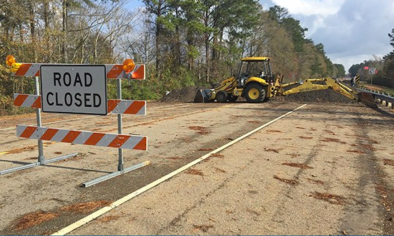
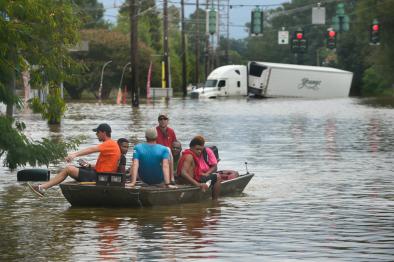
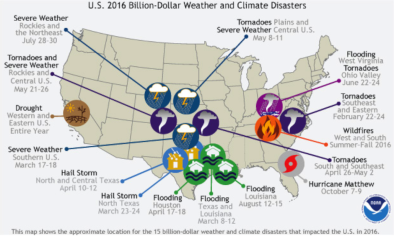
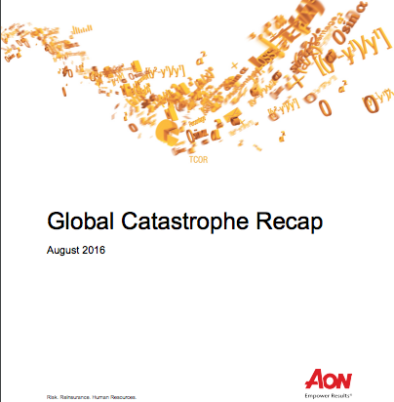
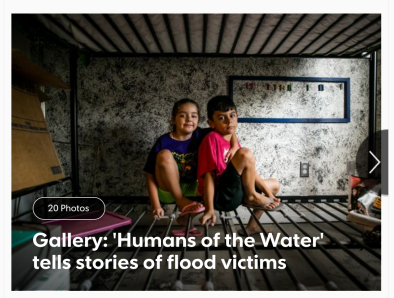
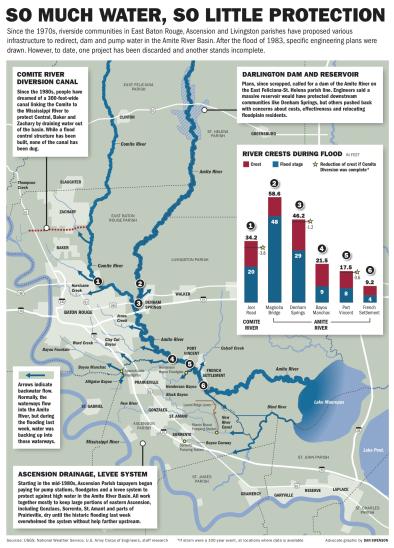
Related Content
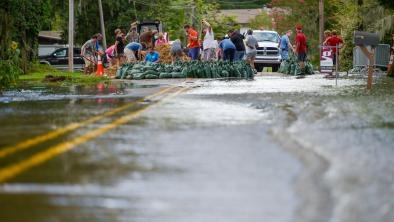

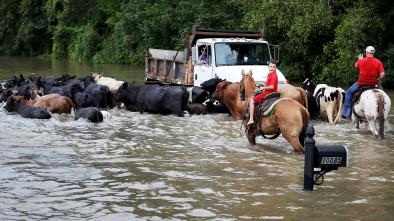

Ellicott City Floods July 2016
Once-in-a-thousand year rainfall swept through Ellicott City, Maryland, on July 30—killing two people, damaging dozens of buildings and more than 170 cars in the historic town. The flooding was the result of slow-moving thunderstorms in the region that dumped more than 6 inches of rain in just two hours. Climate change increases the risk of flooding by increasing the frequency of extreme precipitation. In the northeastern region of the US extreme precipitation has increased 71 percent from 1958 to 2012.
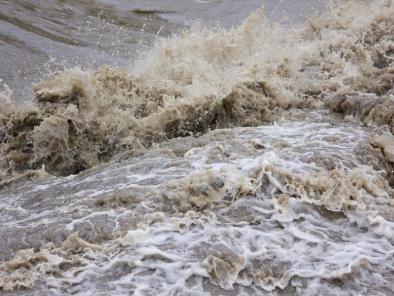
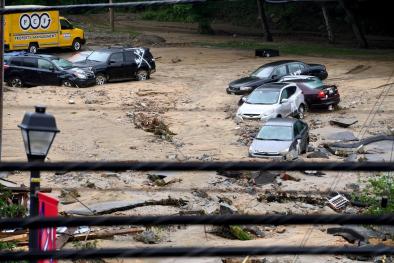
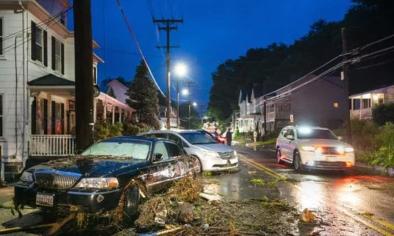
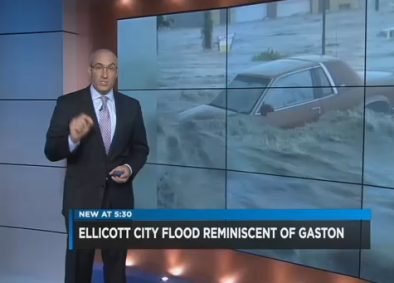
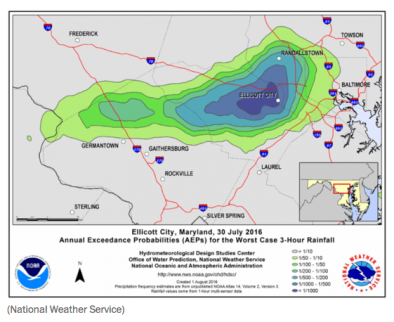
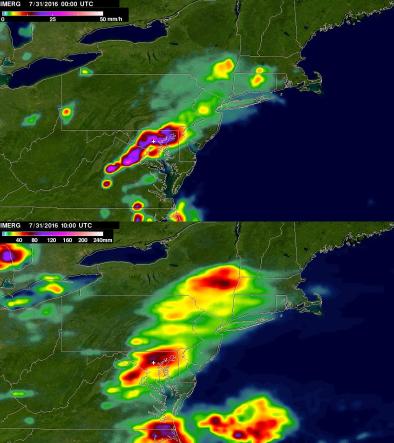
Related Content
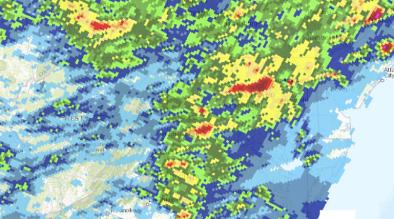
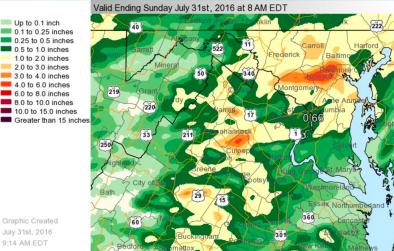
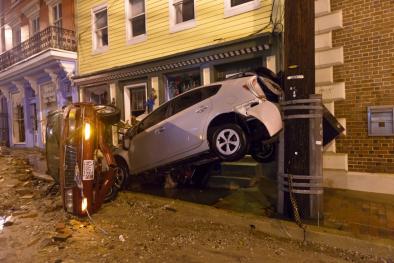
Soberanes Fire 2016
The Soberanes fire erupted on July 22, and in the days that followed, extreme temperatures fueled the fire as it burned in a drought-parched landscape of the steep and rocky hillsides of the Garrapata State Park. Extreme conditions delayed full containment of the fire until October 12, by which time it had burned 132,127 acres, destroyed 57 homes and 11 outbuildings. In mid-September, fire fighting costs to combat the blaze totalled $260 million, making the Soberanes fire the costliest wildfire fight in US history.
Extreme heat and years of ongoing drought, both linked to climate change, are increasing wildfire risk in California. Fourteen of California's 20 largest wildfires burned since 2000.
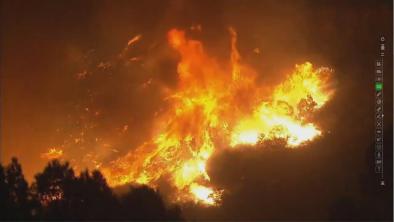
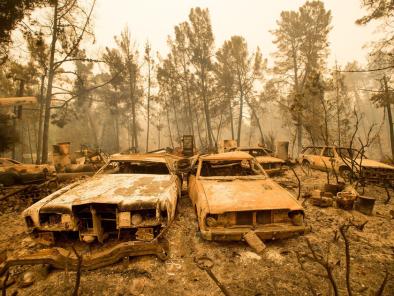
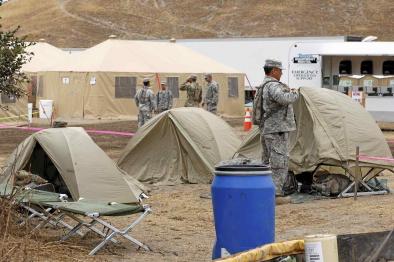
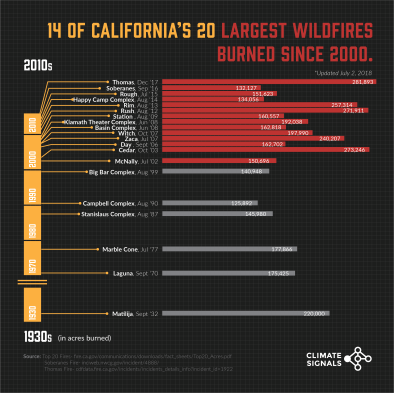
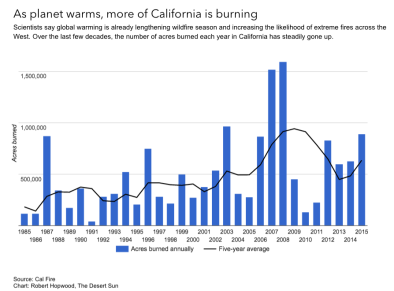
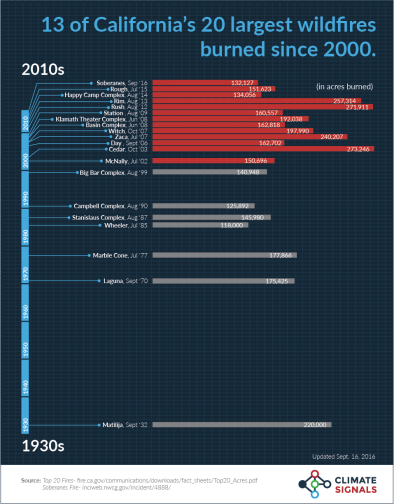
Related Content
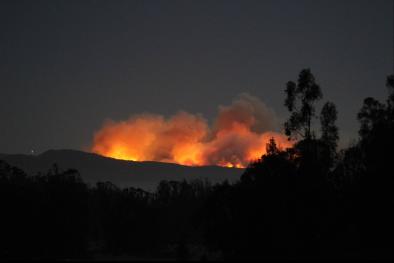
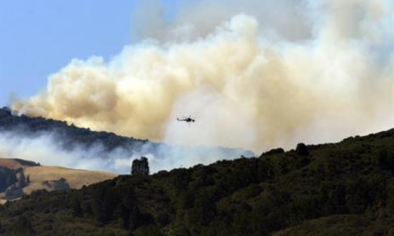
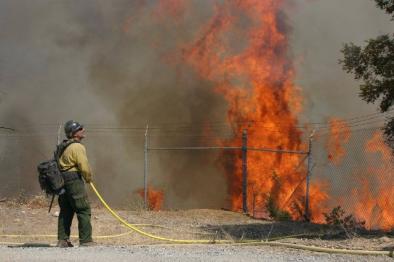
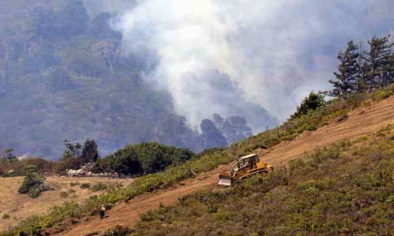
Typhoon Nepartak 2016
Beginning July 4, 2016, tropical cyclone Nepartak rapidly intensified, over the course of just 24 hours, from a 70 mph storm to a Category 4 super typhoon with 150 mph winds, peaking as a Category 5 storm with 1-minute sustained winds of 173 mph on July 6. Nepartak struck Taiwan early July 8, local time, as a violent typhoon. The eye of the storm passed over Taiwan late on July 8. The storm then hit eastern China, forcing the relocation of over 400,000. By July 10, Nepartak had dissipated over China. The rapid intensification of Nepartak was driven by favorable climate conditions, including passage over unusually warm seas with some of the highest oceanic heat content readings observed in conjunction with a tropical cyclone. There is a documented increase in the intensity of the strongest storms in several ocean basins in recent decades, including the Pacific Northwest. And warming seas are offering more energy to passing storms. Scientists are working to understand the relation between these two trends. Extreme rainfall over Taiwan and China was intense, aided in part by a warmer atmosphere, with total rainfall in some areas reaching well above 1 foot early in the storms landing in Taiwan. Ten inches of rain fell in just 4 hours in some locations in China early on July 9. Along coastlines, the reach of Nepartak's storm surge was extended by sea levels elevated by global warming.

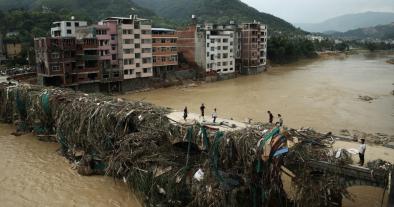
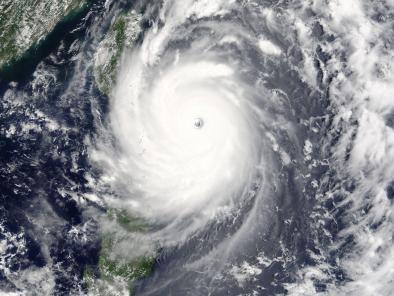
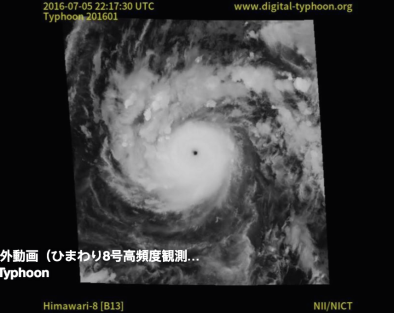
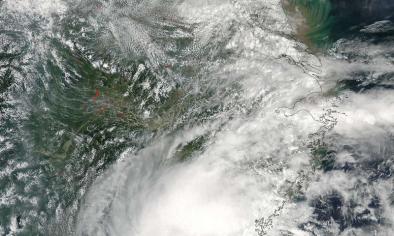
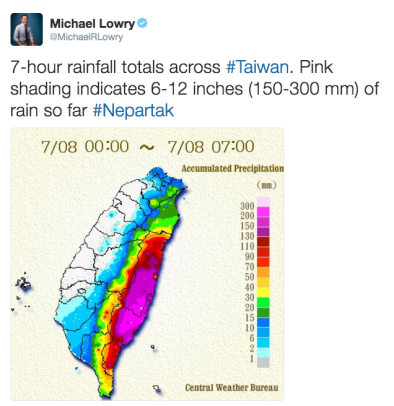
Related Content
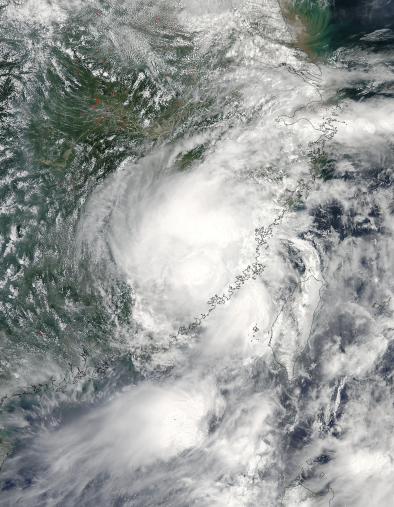
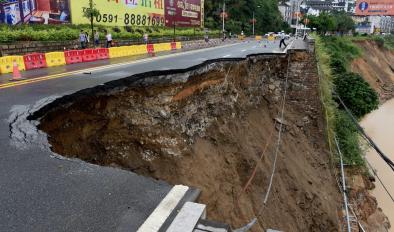
West Virginia and Virginia Flood June 2016
Once-in-a-thousand year rainfall in West Virginia drove record-breaking flooding in which at least 23 lives were lost. Climate change increases the risk of flooding by increasing the frequency of extreme precipitation. Warmer air holds more water, leading to stronger and more frequent heavy precipitation events, a global trend that has been firmly attributed to climate change. In the northeastern region of the US that includes West Virginia extreme precipitation has increased 71 percent from 1958 to 2012.



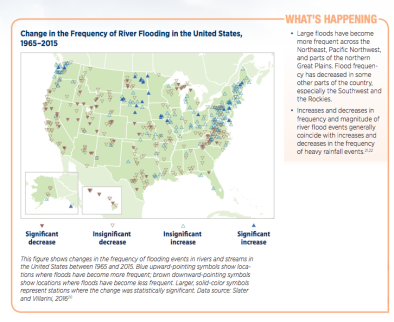
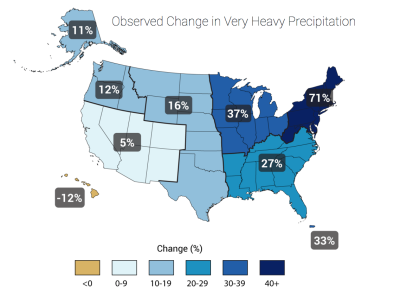
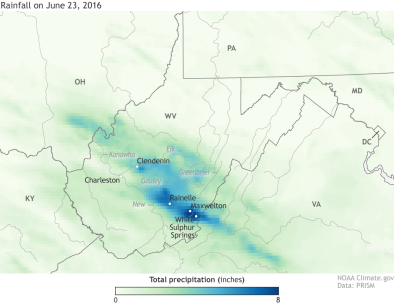
Related Content
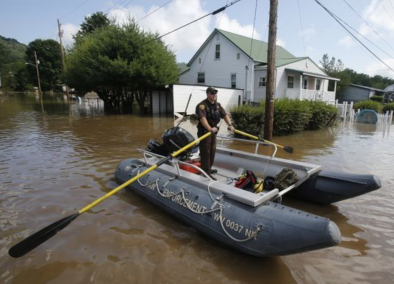
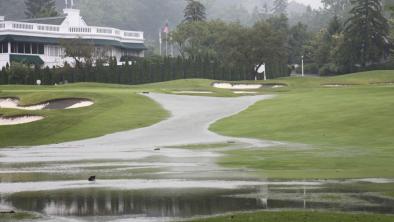
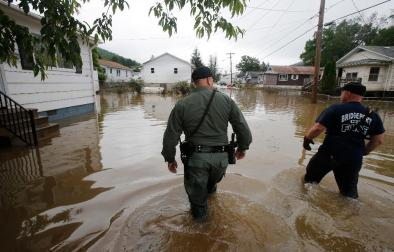
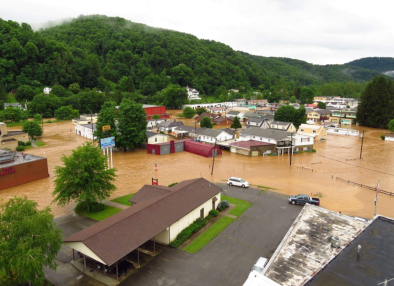
Atlantic Hurricane Season 2016
There is increasing evidence linking rising ocean temperatures to increases in several measures of hurricane activity in the Atlantic since the 1970s. In 2016, warm sea surface temperatures helped to fuel Hurricane Alex, which was the first Atlantic hurricane in January since 1955 and the first storm to form in the month of January since 1938. Then, in late May, warm waters north of the Bahamas gave rise to Tropical Storm Bonnie, an unusual early-season storm that made landfall in South Carolina. In early-August, Hurricane Earl intensified over extremely warm Caribbean waters before hitting Belize as a Category 1 Storm. In early October, Hurricane Matthew surged from a tropical storm to a Cat 5 storm in just 36 hours.
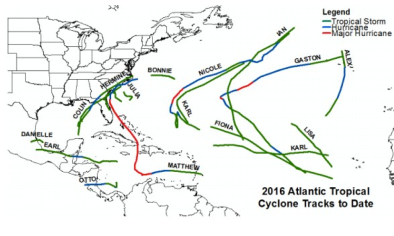
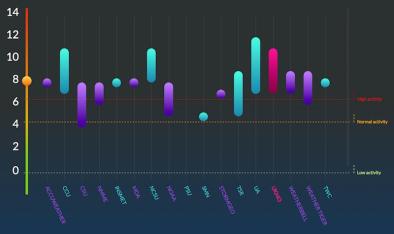
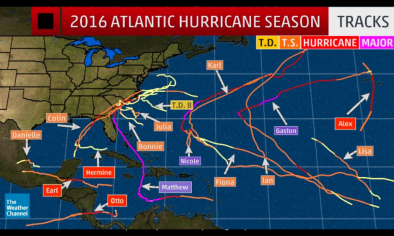
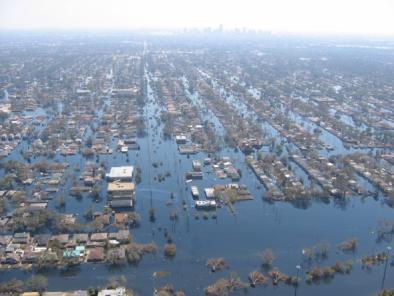

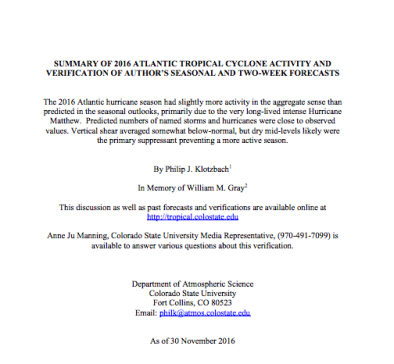
Related Content
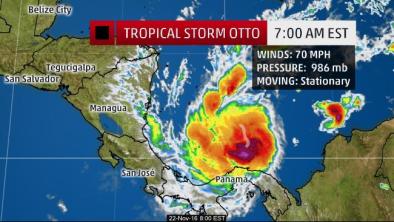
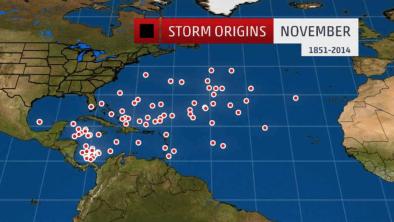
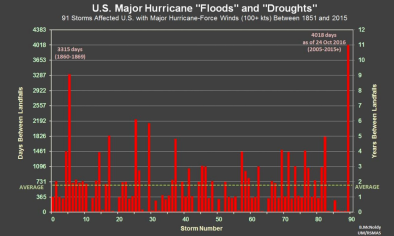
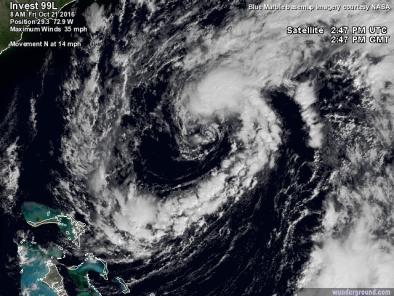
Global Coral Bleaching 2014 - 2017
Global warming triggered the Earth’s third global coral bleaching event, which began in the north Pacific in the summer of 2014 and became global in 2015. NOAA defines a global coral bleaching event as one apparent in all three ocean basins "across multiple reefs spanning 100 kilometers or more".[1][2] The third global bleaching event extended into a record-breaking 4th calendar year in 2017, then officially ended when a NOAA forecast showed that widespread bleaching was no longer happening in all three ocean basins in June 2017.[3] The two earlier global coral bleaching events on record lasted only one year each.[5] They were observed in 1998 and 2010, meaning all such events have taken place within the last 20 years.
The fingerprint of global warming was found in this event.[4] Increased sea surface temperature bleached and killed corals, while ocean acidification simultaneously made it harder for reefs to recover. Due to record marine warmth, coral reefs from the South Pacific to Hawaii, from western Africa to the Caribbean lost the symbiotic algae that feed and give them color. In many places, corals even died off. The most recent global set of observations suggest that 33-50 percent of reefs worldwide had “been significantly degraded or lost” by the beginning of 2016.
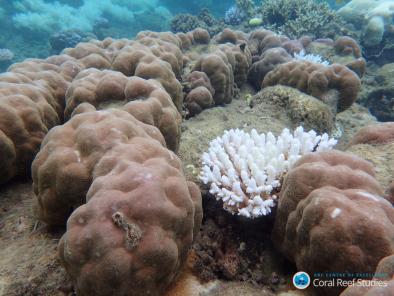
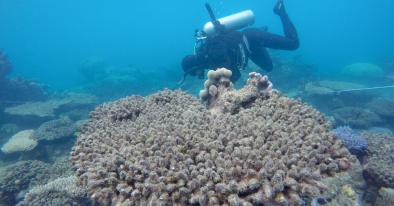
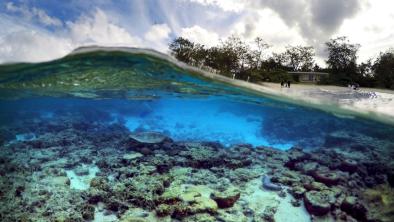
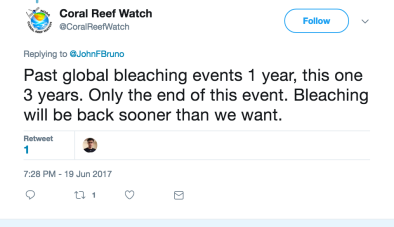
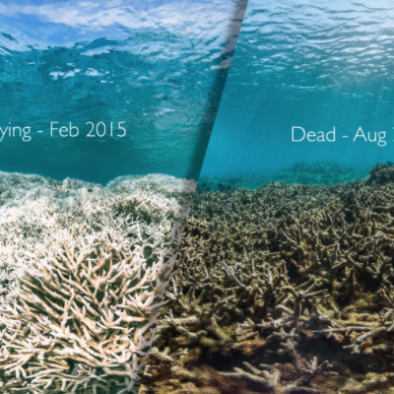
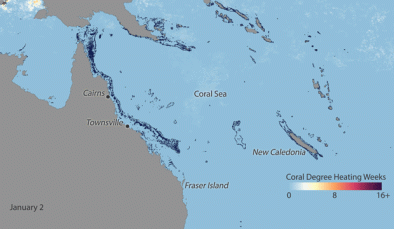
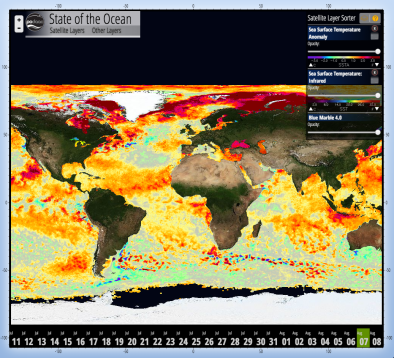
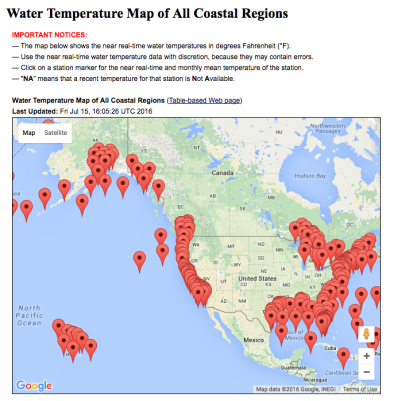
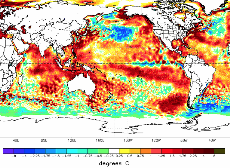
Related Content

